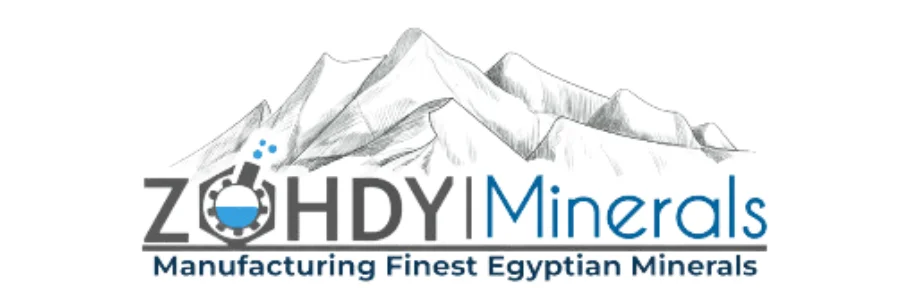Calcium carbonate is widely used in the paints industry as a versatile and functional additive. It offers several beneficial properties that make it an ideal choice for various paint formulations. Here are some key points highlighting the use of calcium carbonate in the paints industry:



1. Extender Pigment:
Calcium serves as an effective extender pigment in paint formulations. It helps improve the paint’s coverage, opacity, and overall hiding power. By adding calcium carbonate, paint manufacturers can optimize the formulation characteristics, reduce costs, and enhance the overall performance of the paint.
2. Filling and Bulking Agent:
Calcium acts as a filling and bulking agent in paints. It helps improve the paint’s consistency, viscosity, and flow properties. The addition of calcium carbonate allows paint to be easily applied, spread, and fill voids or imperfections in the substrate, resulting in a smooth and even finish.
3. Opacity and Whiteness:
Calcium carbonate contributes to the opacity and whiteness of paints. It enhances the paint’s ability to cover underlying surfaces and provides a bright, clean appearance. This is particularly important for architectural coatings, where high opacities and vibrant colors are desired.
4. Rheology Control:
The addition of calcium helps control the rheological properties of paints, such as viscosity and flow behavior. It enables the formulation of paints with specific application requirements, allowing for easy application, smooth spreading, and proper leveling on various surfaces.
5. Thixotropy:
Calcium carbonate can provide thixotropic properties to paints. Thixotropy refers to the ability of a material to become less viscous when agitated or sheared and regain its viscosity when at rest. This property allows the paint to be easily applied, spread, and adhere to vertical surfaces, while preventing excessive flow or sagging.
6. pH Stabilization:
Calcium acts as a pH stabilizer in paint formulations. It helps maintain the desired pH range, preventing acidity or alkalinity that could potentially affect the paint’s performance, stability, or color development.
7. Environmental Benefits:
Calcium carbonate is a naturally occurring mineral and is considered environmentally friendly. Its use in paints reduces reliance on synthetic pigments and fillers, contributing to the sustainability and eco-friendliness of paint formulations.
8. Compatibility:
Calcium carbonate exhibits good compatibility with various paint systems, including water-based, solvent-based, and powder coatings. It can be easily incorporated into different paint formulations without negatively impacting their properties.
9. Anti-Corrosion Properties:
Calcium carbonate can provide anti-corrosion properties to paints when used in conjunction with other additives. It helps protect metal surfaces by forming a barrier against moisture and corrosive agents, enhancing the durability and longevity of the painted surface.
10. Cost-Effectiveness:
Calcium carbonate is a cost-effective additive for paints. Its availability, abundance, and relatively low cost make it a favorable choice for paint manufacturers, providing an economical solution without compromising on performance.
In summary, calcium carbonate plays a crucial role in the paints industry as an extender pigment, filling agent, and rheology modifier. Its addition to paint formulations improves coverage, opacity, flow properties, and overall performance. Additionally, it offers cost-effective and environmentally friendly benefits, making it a popular choice in paint manufacturing.
To order send us
Read more
6 uses of Calcium In Brake Composite
5 important uses Calcium In Welding Electrodes
6 important uses Calcium In Oil & Gas
8 important uses of Calcium In Construction
7 important uses Calcium in Leather
8 uses of Calcium in Cosmetics
10 Uses of Calcium in Adhesive
7 uses of Calcium in Ceramic Industry






